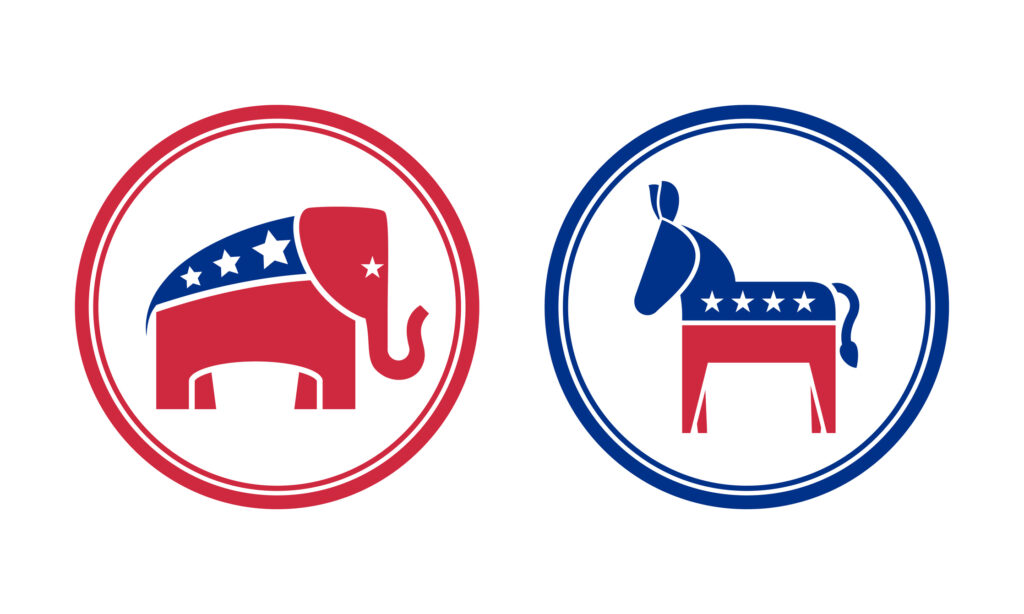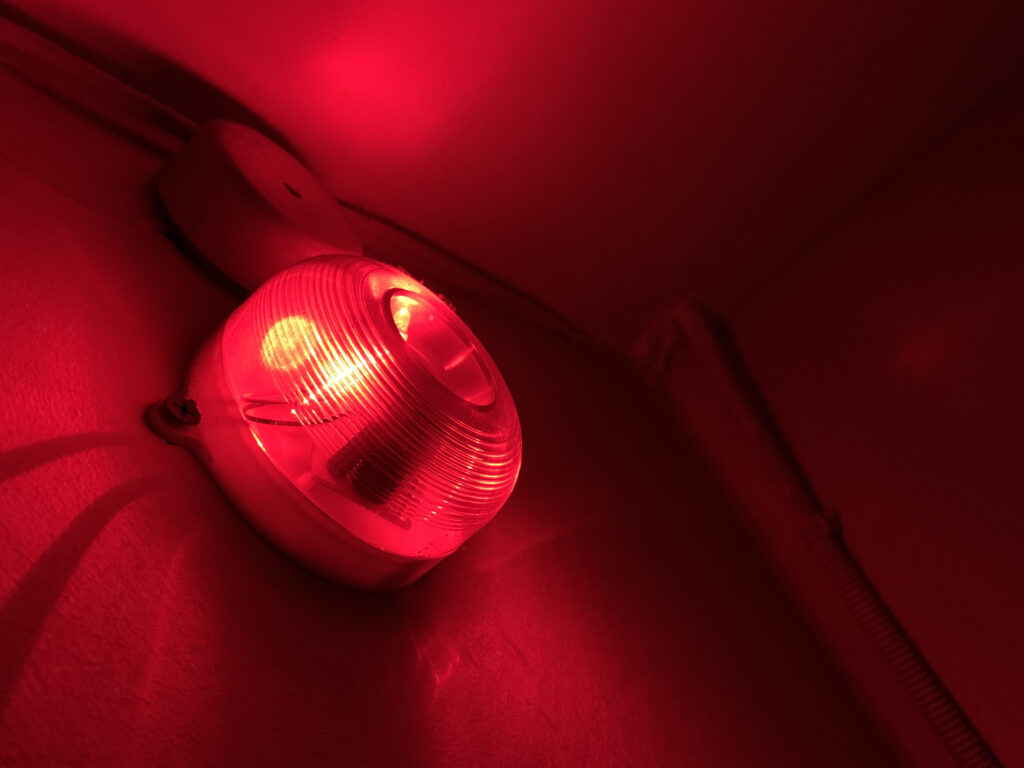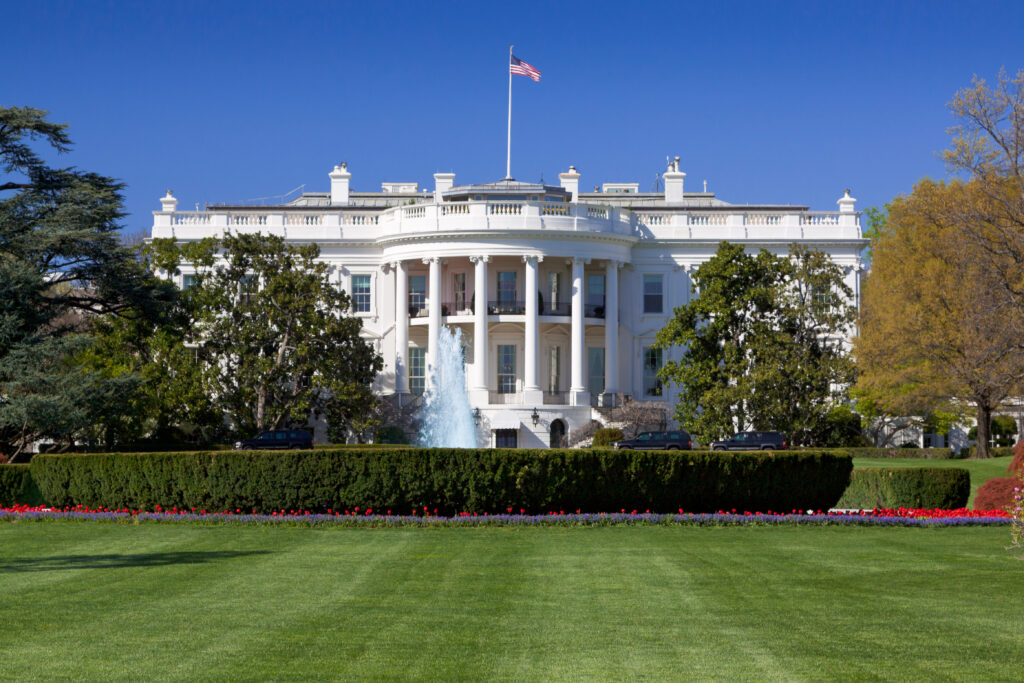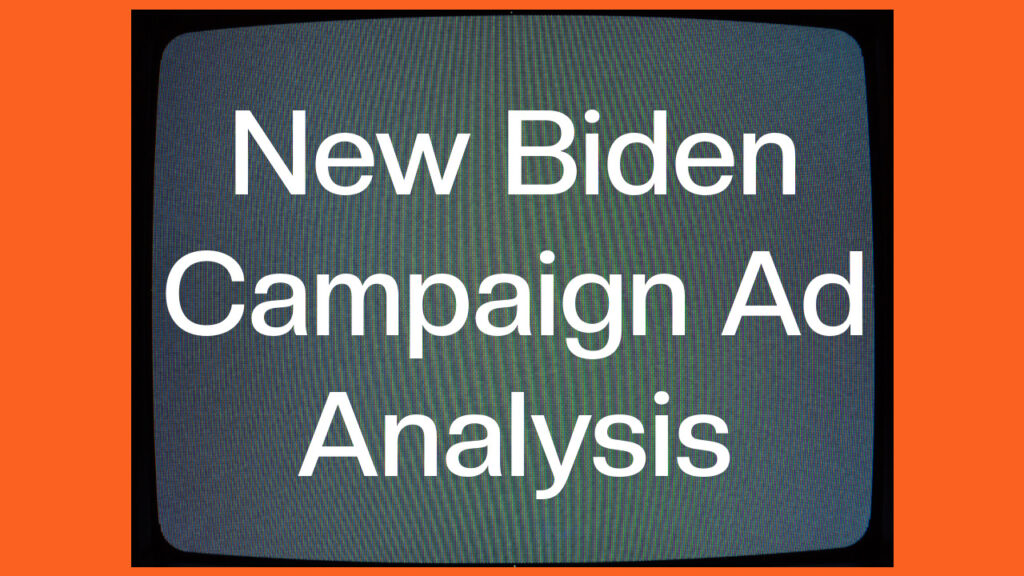Comparing The Republican And Democrat Education Platforms

With the release of the Democratic Party’s 2024 platform for the start of their convention today, this week we take a look at how the Democrats’ platform compares with the Republicans’ on education. The Democratic Platform: Education comes as part of the third chapter, “Lowering Costs;” the section addresses positions spanning through the education system from […]
A 25 Year Look At Education Issue Handling

Going into an election, one of the important metrics to look at is which party voters have more confidence in to handle issues that are important to them. Data from the latest survey for Winning the Issues (July 23-25) sheds light on which party voters have more confidence in to handle the issue of education, […]
Universal School Choice And International Standing

The full 2024 Republican Party Platform was released and adopted earlier this month at the 2024 Republican National Convention. The platform devotes a chapter to education (“Cultivate Great K-12 Schools Leading to Great Jobs and Great Lives for Young People”), which focuses on issues like parental rights, career preparation, and a call for universal school […]
Roll Call: The Political System Is Blinking Red

The Winston Group’s David Winston writes in today’s Roll Call about the state of political discourse and rhetoric in the wake of the attempted assassination of former President Donald Trump. The political discourse in this country has been driven by a focus on anger and grievance as a means to get and sustain attention and […]
Roll Call: The state of Joe Biden: Hope isn’t a strategy

The Winston Group’s David Winston writes in today’s Roll Call about the impacts of Joe Biden’s June 27 debate performance: [T]he public is still processing what they saw, which contradicted what the White House and many Democrats have been asserting for months. The president is fine, they’ve been telling us. Move along. Nothing to see […]
Do Voters Connect Academic Subjects With Real World Skills?

One issue that has been of interest to us is connecting academic subjects with the concrete, usable skills they impart. To what extent do voters connect academic subjects with the real-world skills that students will need as adults? To begin to answer this question, we asked voters two questions on our latest survey for Winning […]
What Makes Parents Worry About K-12 Eduction?

Previously, we have taken a look at the issue of chronic absenteeism, specifically a study that indicated parents both underestimate their child’s absences and are not all that concerned about the issue either. New data from a recent NPR/Ipsos survey reinforces this conclusion, but it also sheds light on what parents say they are concerned […]
The Cost Of Student Loan Forgiveness In Context

At the end of last month, President Biden announced the latest round of student loan debt cancellation, wiping out $7.7 billion in loans for some 160,000 people. Combined with the other, more targeted student debt cancellation measures Biden has pursued as a piecemeal alternative to the mass cancellation the Supreme Court struck down last year, […]
Roll Call: Want to understand the Electoral College? Just look at California

The Winston Groups’ David Winston writes in today’s Roll Call about the impact of California in presidential elections. However, the elections of 2000 and 2016, when Bush and Trump won the Electoral College while losing the popular vote, broke new ground in understanding the relationship between the popular vote and the Electoral College — the […]
Biden Ad Analysis By Level Of Education

Recently, the Winston Group released its latest video analysis, looking at the Biden campaign’s “For You” ad. The analysis confirmed what we have observed in past surveys and analyses: President Biden has a credibility problem, especially when it comes to the economy, and has made many statements that voters do not believe. This is particularly […]
